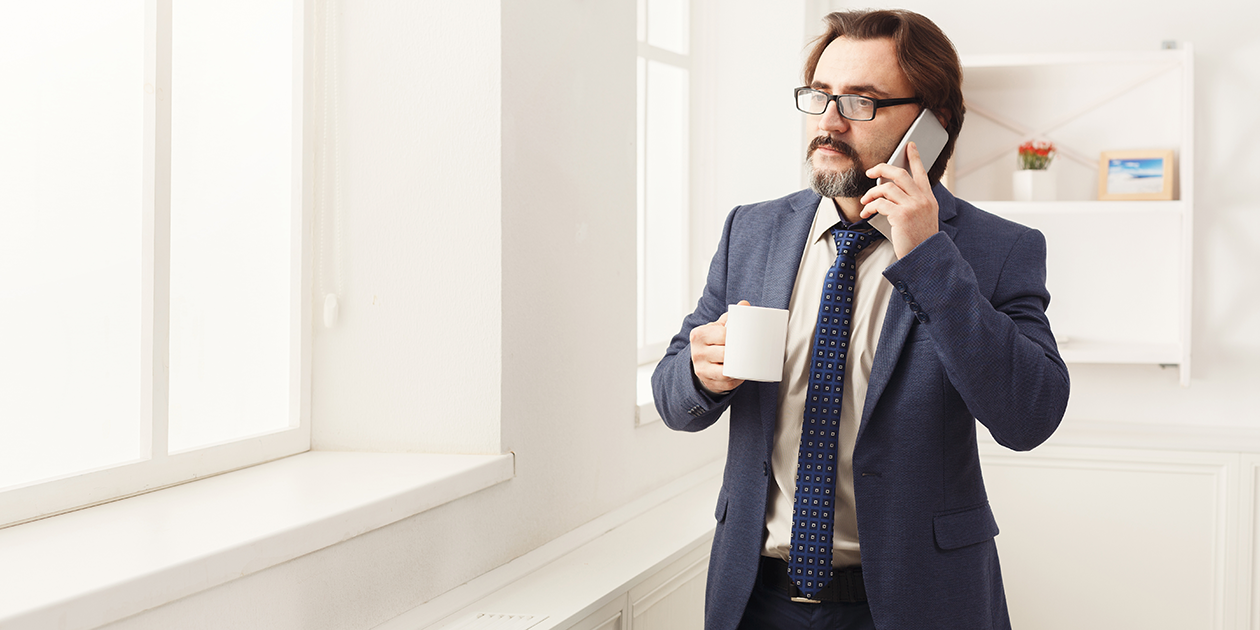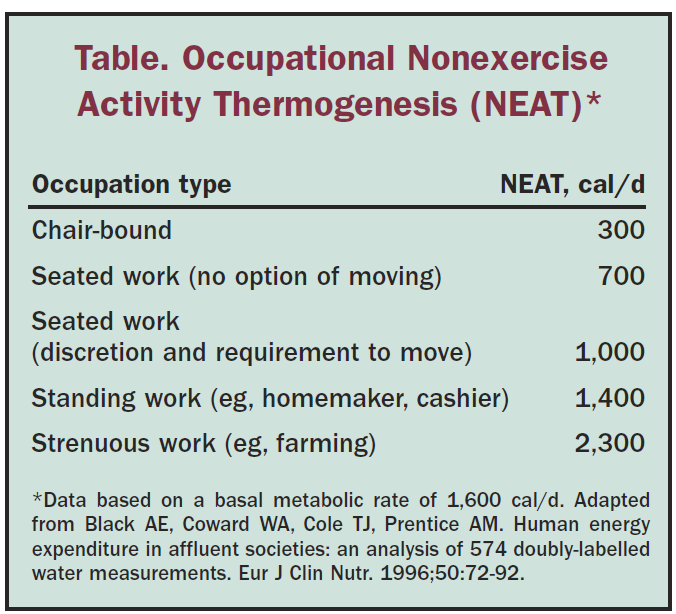
And, I don't mean tidy, orderly and clean at your desk. If you are not NEAT, you should be! NEAT is an acronym for "Nonexercise Activity Thermogenesis".
NEAT is the basic daily activity we should be doing, but we aren't because we are sitting too much. We have become chained to our computers, phones and iPads. We commute long hours to work in our cars then camp out on the couch at night watching the hi-def 54" TV! NEAT is the energy expenditure of all physical activities other than volitional sporting-like exercise. It ranges from the energy we expend walking in the grocery store, walking the hallways at work, typing, performing physical tasks and even fidgeting.
NEAT is driving the STAND UP revolution. It's why I have at least 100 people registered for my upcoming webinar this Thursday, April 21 called, "Stand Up for Your Health". I am grateful and excited about the interest, especially since it is our first hosted webinar. If you are interested to attend and haven't registered, it's sold out....But I'll be making it available afterwards on our website: http://www.worksiteinternational.com/events.html.html.
While researching and developing the program, I came across the term “NEAT” coined by Dr. James Levine, the physician behind the obesity awareness drive and JustStand.org . Dr. Levine and the Active Life Research Team at the Mayo Clinic have been instrumental in studying the impact of nutrition, activity and behavior related to weight management and obesity prevention since 1995.
Dr. Levine and his team have identified the links between activity, energy expenditure and obesity resulting in simply, we are not moving enough and it’s making us fat! NEAT activity is like a “dinosaur” in today’s culture. So many of us work at a desk, sit to work at the computer, in meetings, sit in our cars for the long commute to work and home, sit in the theatre, and sit to do so many other tasks. It is the single greatest factor contributing to our society’s growing obesity problem.
If you didn’t know by now, obesity is associated with an array of medical conditions threatening and shortening our life span. These disorders include coronary heart disease, stroke, diabetes, high blood pressure, cancer, sleep apnea, back pain and many others.
 Figure 2. Occupational Nonexercise Activity Thermogenesis (NEAT) showing the calories per day burned with various occupation types.
Figure 2. Occupational Nonexercise Activity Thermogenesis (NEAT) showing the calories per day burned with various occupation types.
But the best part is, according to Dr. Levine, we just need to move more! Now I understand what’s behind the term, “Active Office”. Apparently, by adding a couple of extra hours a day of NEAT movements like standing up regularly, walking more, using the stairs, hand washing our dishes, mowing our lawns, grocery shopping and other tasks many of us have relegated to contractors or online “we’ll do it for you” services. We need to cut this out and “DIY” or Do IT Yourself again because our health and lives depend on it. By doing so, we can reduce our obesity risk factors, reduce our percent body fat, body mass index (BMI), cholesterol, and our triglycerides… all the risk factors of metabolic syndrome, a precursor to obesity.
In addition, the research states it’s not enough to work out or play sports for 30 to 60 minutes a day, 3-5x a week anymore. These exercise periods are important but not enough to counteract the effects of obesity and our decline in NEAT tasks. So, it is critical we start moving again, any way we can! The good news is the more we use our legs to stand and walk, the more we will increase NEAT and improve our fight in the obesity epidemic and prolong our lives. With that in mind, I’ve decided to call it “The “Movement” Movement because as humans, our bodies are made to move. So, let’s get up and start moving more!
10 things you can do to start moving more at work (and they don’t require a sit to stand electric work surface or other device!):
 1. Stand up when the phone rings.
1. Stand up when the phone rings.
2. Stand up to retrieve printed documents.
3. Avoid printers on desktop and place outside easy seated reach or share with a few co-workers outside your cubicle.
4. Stand at a tall file cabinet to perform reading/writing tasks.
5. Stand and sit quickly 4x/hour for 10-15 seconds every 15 minutes.v 6. Stand up to drink water or beverage at your desk.
7. Hold shorter standing meetings.
8. Walk to cubicle of co-worker to talk.
9. Conduct “Walk and Talk” meetings if just 2-3 people
10. Engage in active stretching prior to meetings and periodically through your work day.

Comments